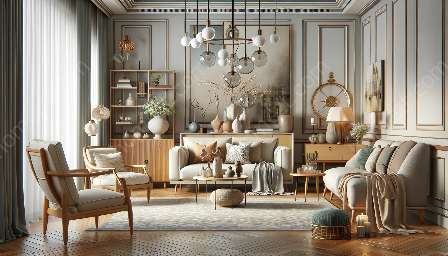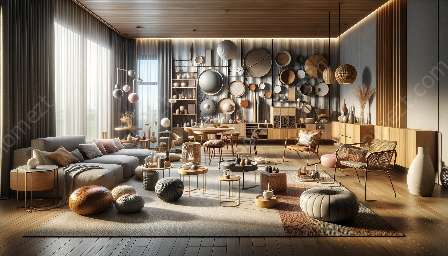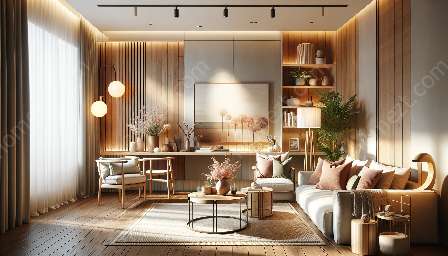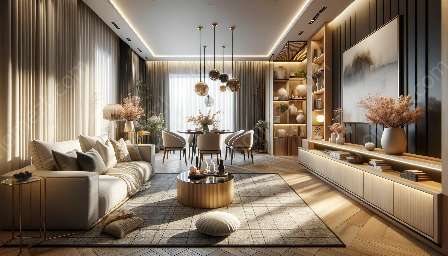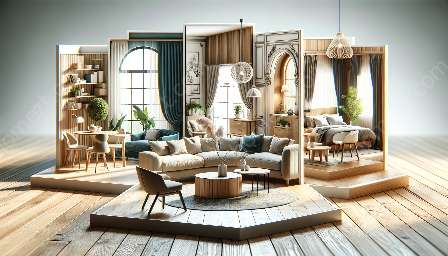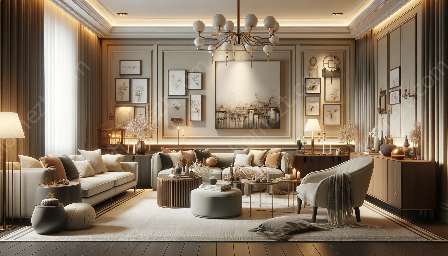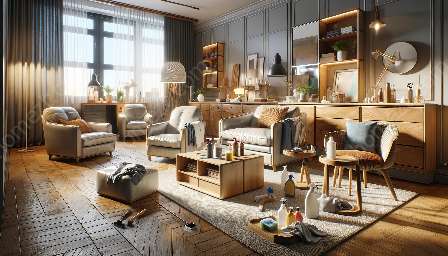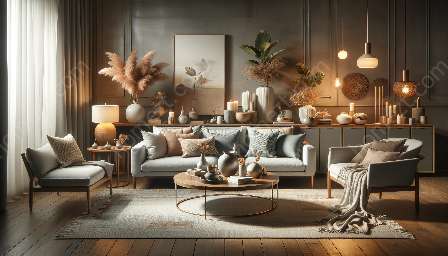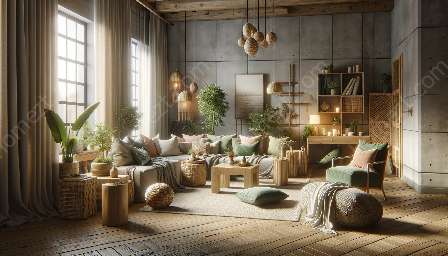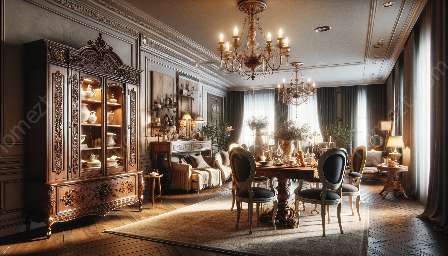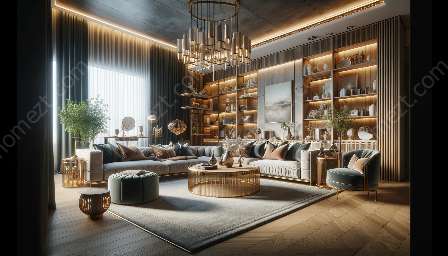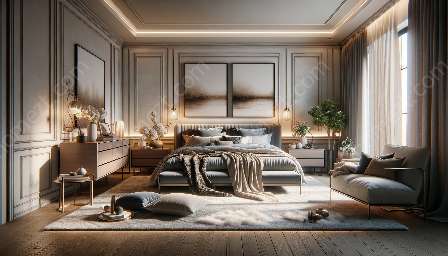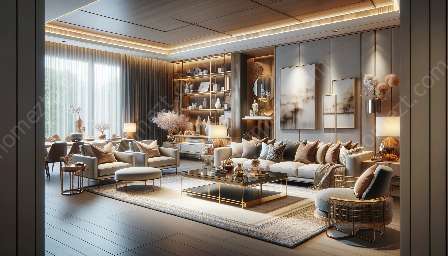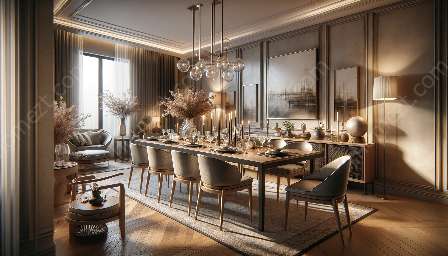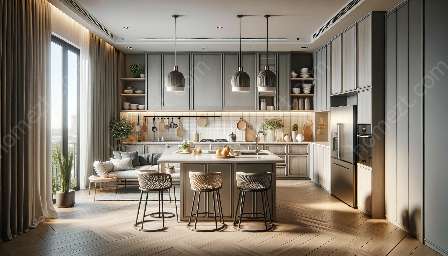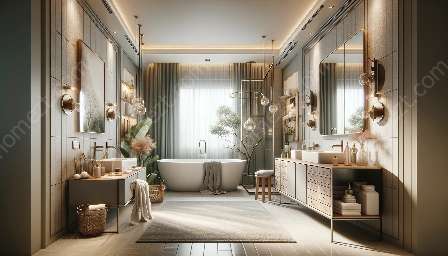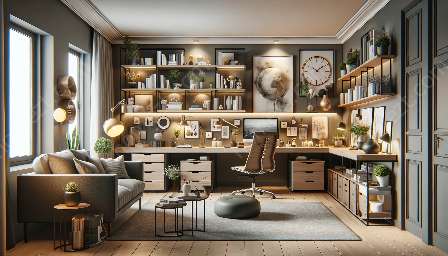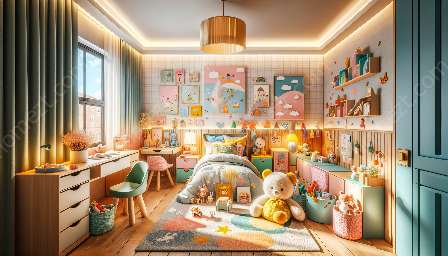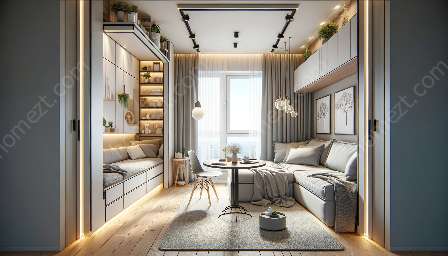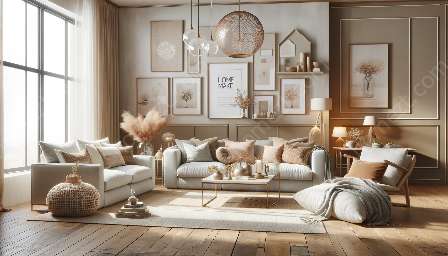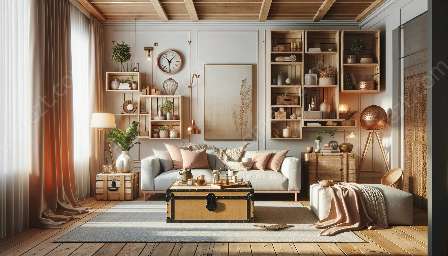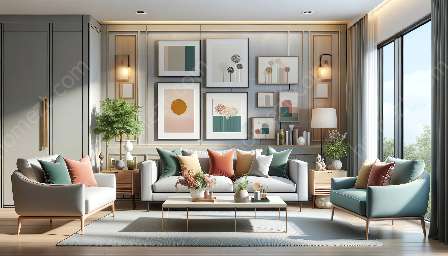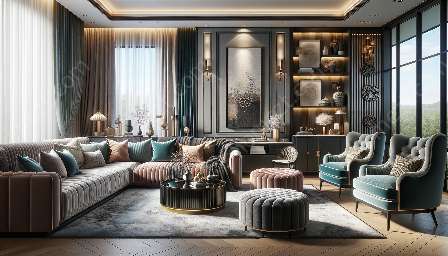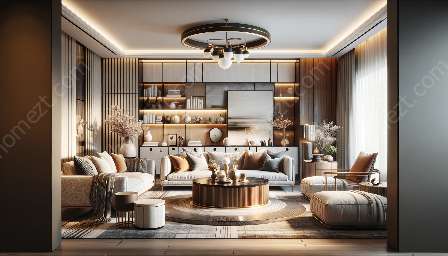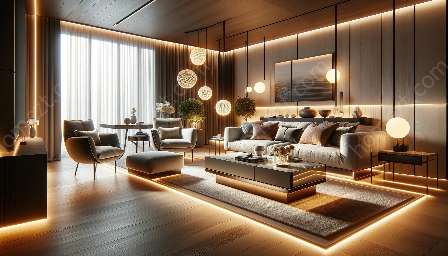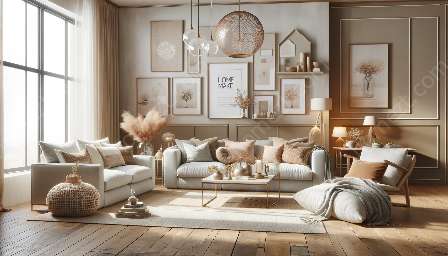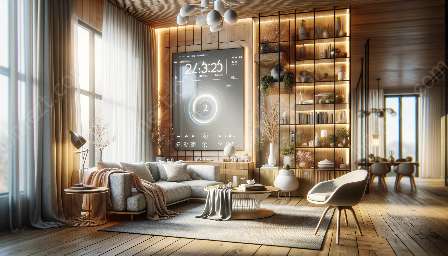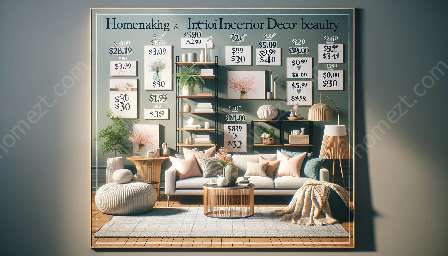When it comes to creating a beautiful and comfortable living space, furniture plays a crucial role. However, finding the right balance between quality, aesthetics, and cost can be a challenging task for many homeowners. In this guide, we will delve into the world of furniture pricing and budgeting, providing valuable insights and practical tips for individuals looking to enhance their homes without breaking the bank.
The Importance of Budgeting for Furniture
Before delving into the specifics of furniture pricing and budgeting, it's essential to understand the significance of budgeting for furniture purchases. Furniture is not just a functional necessity; it also contributes to the overall aesthetic and ambiance of a home. Therefore, careful consideration and planning are crucial to ensure that your furniture choices align with your personal style, space requirements, and budget constraints.
Setting Your Furniture Budget
Setting a realistic budget is the first step towards successful furniture purchasing. Begin by evaluating your current financial standing and assessing how much you can comfortably allocate towards furniture expenses. Consider factors such as your overall financial goals, existing debt obligations, and any upcoming big-ticket expenses. By having a clear understanding of your financial boundaries, you can avoid overspending and make informed purchasing decisions.
Understanding Furniture Pricing Factors
When it comes to pricing furniture, several key factors influence the cost of individual pieces. Understanding these factors can help you make more informed decisions and prioritize your spending based on your preferences. Some of the primary pricing factors to consider include the material used, craftsmanship, brand reputation, and design complexity. Additionally, factors such as size, customization options, and the retailer's pricing strategy can also impact the final cost of furniture.
Researching Furniture Pricing
Research is a critical component of effective furniture budgeting. With the abundance of online resources, you can gather pricing information on a wide range of furniture items, allowing you to compare prices, features, and quality across different retailers and brands. Leveraging online platforms, furniture websites, and customer reviews can provide valuable insights into the pricing landscape, enabling you to identify cost-effective options without compromising on style or quality.
Strategies for Effective Furniture Budgeting
Now that you have a foundational understanding of furniture pricing, it's time to explore practical strategies for efficient furniture budgeting.
1. Define Your Priorities
Before embarking on your furniture shopping journey, identify your priorities and preferences. Determine which pieces of furniture are essential for your living space and allocate a larger portion of your budget to these key items. By establishing clear priorities, you can make informed decisions and avoid overspending on non-essential pieces.
2. Embrace Versatility
Opting for versatile furniture pieces can significantly impact your budgeting efforts. Multi-functional furniture, such as sleeper sofas, extendable dining tables, and storage ottomans, can serve dual purposes, offering both practicality and cost-efficiency. Investing in versatile pieces allows you to maximize the utility of your furniture while minimizing the need for additional purchases.
3. Consider Long-Term Value
While budgeting for furniture, it's essential to consider the long-term value of your purchases. Instead of solely focusing on upfront costs, evaluate the durability, quality, and longevity of potential furniture items. High-quality furniture may require a larger initial investment but can offer greater longevity and lower long-term maintenance costs, making it a more cost-effective choice in the grand scheme of homemaking.
4. Explore Second-Hand Options
Embracing second-hand or pre-owned furniture can be an excellent strategy for budget-conscious homemakers. Platforms such as consignment stores, thrift shops, and online marketplaces offer a treasure trove of well-maintained and affordable furniture pieces. By exploring pre-owned options, you can find unique, high-quality pieces at a fraction of the cost, allowing you to stretch your budget and introduce characterful elements into your home decor.
5. Be Mindful of Seasonal Discounts
Timing can play a significant role in furniture budgeting. Keeping an eye on seasonal sales, promotional events, and clearance offers can present valuable opportunities to acquire premium furniture at discounted prices. By staying informed about the retail calendar and industry trends, you can strategically plan your furniture purchases to capitalize on cost-saving opportunities without sacrificing quality or style.
6. Leverage DIY and Customization
For individuals with a penchant for creativity and hands-on projects, DIY and customization can be powerful budgeting tools. Explore DIY furniture projects, upholstery techniques, and furniture restoration to breathe new life into existing pieces or create personalized furniture at a fraction of the cost. Additionally, considering customizable furniture options that allow you to tailor specifications to your preferences can offer a balance between uniqueness and affordability.
Optimizing Your Furniture Budget for Interior Decor
As you navigate the intricate landscape of furniture pricing and budgeting, it's essential to intertwine your budget strategy with your interior decor goals. A harmonious fusion of furniture budgeting and interior decor planning can elevate your home's ambiance while staying within your financial parameters.
Creating a Coherent Design Vision
Establishing a coherent design vision is pivotal in aligning your furniture budget with your interior decor aspirations. By defining your preferred design style, color palette, and spatial layout, you can tailor your furniture budget towards pieces that seamlessly integrate with your overall design scheme. This approach ensures that every furniture investment contributes to a cohesive and visually compelling interior decor narrative.
Embracing Mix-and-Match Approaches
Developing an eye for mix-and-match furniture arrangements can open up a world of creative possibilities within your budget framework. Combining different furniture styles, textures, and materials can yield unique and personalized interior compositions without requiring extensive financial resources. Embrace eclectic design approaches to curate an interior decor aesthetic that reflects your individuality while accommodating your budget considerations.
Utilizing Accent and Statement Pieces
Strategic incorporation of accent and statement pieces can add depth and personality to your interior decor without straining your budget. By allocating a portion of your furniture budget to standout items such as artful accent chairs, sculptural coffee tables, or eye-catching lighting fixtures, you can infuse character and visual interest into your living spaces. These focal pieces serve as impactful design elements that elevate the overall appeal of your decor without overspending on entire furniture sets.
Implementing Space Optimization Techniques
Maximizing the potential of your living space through well-considered layout and furniture placement can optimize your budgeting efforts. Utilize space optimization techniques such as strategic furniture arrangement, multifunctional storage solutions, and visual illusions to create spacious, inviting environments without necessitating excessive furniture purchases. Efficiently utilizing available space enables you to make the most of your furniture budget while enhancing the functionality and aesthetic allure of your interiors.
Final Thoughts on Furniture Pricing and Budgeting
Throughout this comprehensive guide, we have explored the intricate dynamics of furniture pricing and budgeting, offering practical insights and actionable strategies for individuals passionate about homemaking and interior decor. By approaching furniture budgeting with discernment, creativity, and a thorough understanding of pricing factors, you can cultivate inviting living spaces that authentically reflect your personal style and preferences, all within your budgetary constraints.

